Results
-
 £149.99
£149.99Colditz Castle - Rob Goorhuis
Written as a commission by the Stichting de Inrichting foundation of Wijk bij Duurstede (the Netherlands), Rob Goorhuis Requiem voor de mens (Requiem for Man) on lyrics by Andr van Zwieten was composed in the year 2001. This work for choir andwind-band greatly impressed the audience, whilst its composer remained obsessed by its war theme. When he subsequently heard that the Rundfunk Blasorchester from the German town of Leipzig -a place not far from Colditz - was to dedicate a CDto his work, Rob Goorhuis got the idea to process some of the themes from his Requiem for Man into an instrumental composition about the famous Colditz castle. a place still bearing the scars of war. From 1933 to 1934, the castle was aSchutzhaftlager. During the Second World War, it was used as a prison for senior officers. From this prison, many escapes were undertaken, which even resulted in the castle being nicknamed The Escape School. In the seventies, a television-seriesabout this period made the castle very well-known with the public at large.The despondent tone of the opening theme underscores the sadness caused by wars and violence. Nevertheless the works ending is hopeful and triumphant. Peace iscelebrated, but with the hope for a lasting peace sadly remaining a topical issue to the present moment.
Estimated dispatch 7-14 working days
-
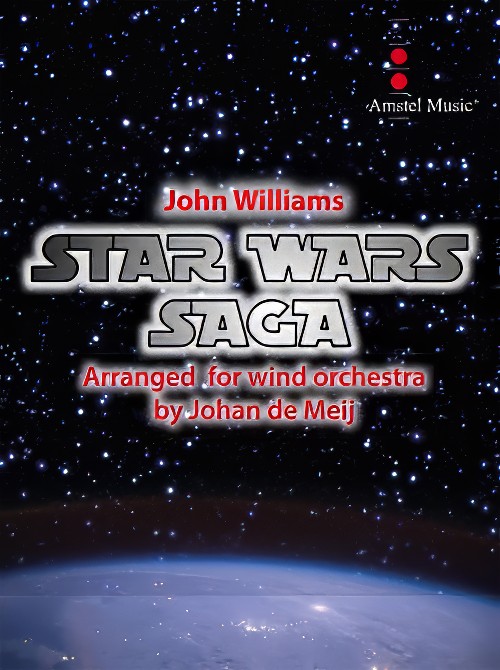 £129.99
£129.99Star Wars Saga (Concert Band - Score and Parts) - Williams, John - De Meij, Johan
John Williams (February 8, 1932) has composed some of the most popular, recognisable and critically acclaimed film scores in cinema history. Williams has won 25 Grammy Awards, five Academy Awards, seven British Academy Film Awards, and four Golden Globe Awards. With 53 Academy Award nominations, he is the second most-nominated individual, after Walt Disney. His compositions are considered the epitome of film music, and he is considered among the greatest composers in the history of cinema. His work has influenced many other composers of film, popular, and contemporary classical music. In 2005, the American Film Institute selected Williams's score to 1977's Star Wars as the greatest film score of all time. In this newly revised arrangement from 1986, arranger Johan de Meij has used themes from Star Wars: A New Hope and The Empire Strikes Back.
Estimated dispatch 7-14 working days
-
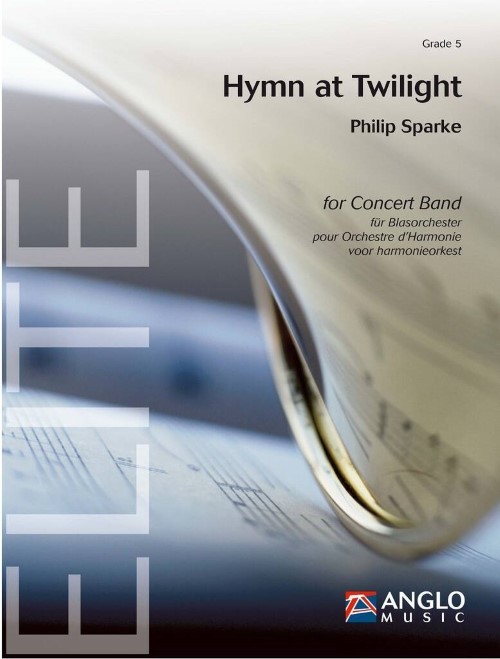 £110.99
£110.99Hymn at Twilight (Concert Band - Score and Parts) - Sparke, Philip
Although specifically describing the uncertainty of approaching night and an evening prayer, Hymn at Twilight is actually about the human emotions of doubt, insecurity, hope and resolve. This solemn piece opens quietly and introduces a recurring four-note rising figure. Optimism, anxiety and resignation alternate, with the flute taking centre stage. Brass and woodwind take up the chorale. The piece ends in a mood of sanguine optimism.Duration: 9.30
Estimated dispatch 7-14 working days
-
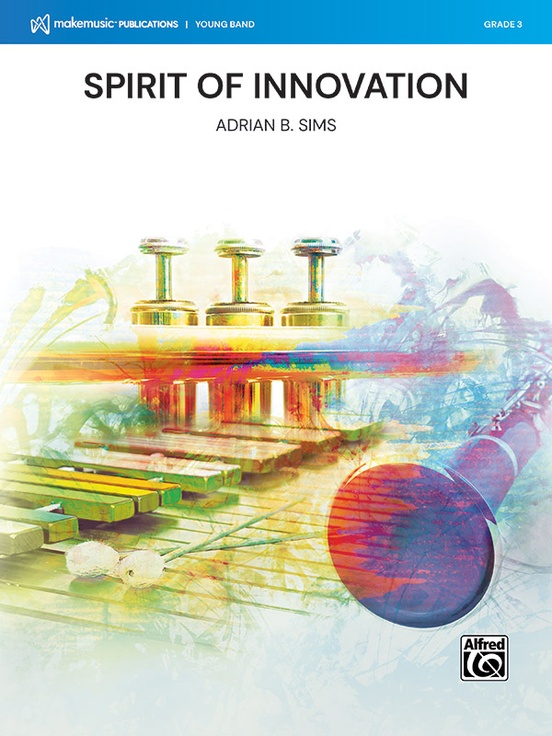 £73.50
£73.50Spirit of Innovation (Concert Band - Score and Parts) - Sims, Adrian B.
Spirit of Innovation begins with a glimmer of hope depicted by optimistic harmonies and ascending motifs. Adrian Sims has written engaging percussion parts, intensifying woodwind ostinati, and sustained brass lines to propel this work to its exciting conclusion. A spectacular celebration of achievements in Indiana's City of Firsts!Duration: 4.45
Estimated dispatch 7-14 working days
-
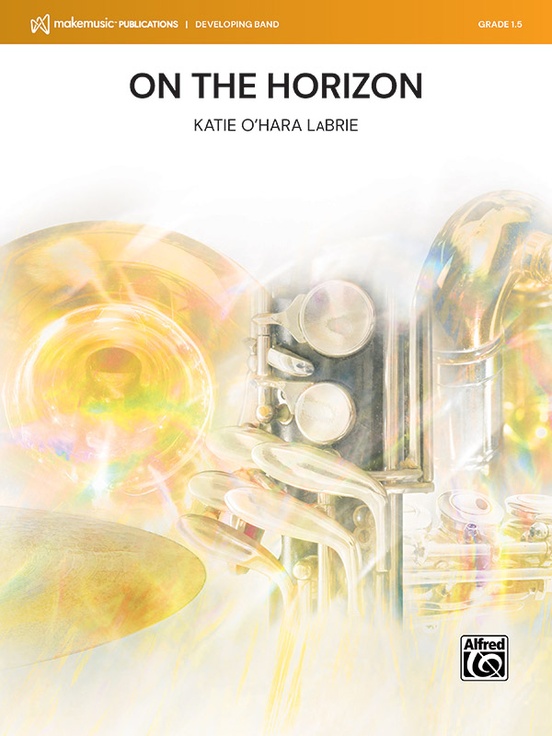 £53.95
£53.95On the Horizon (Concert Band - Score and Parts) - O'Hara LaBrie, Katie
This powerful work represents vision and hope, inspired by Katie O'Hara LaBrie's vision of a never-ending horizon. A beautiful opening suggests the sun rising on a new day before moving into a triumphant melody with uplifting woodwind interludes. The music embeds a strong sense that one can be ready for anything that lies ahead On the Horizon.Duration: 2.00
Estimated dispatch 7-14 working days
-
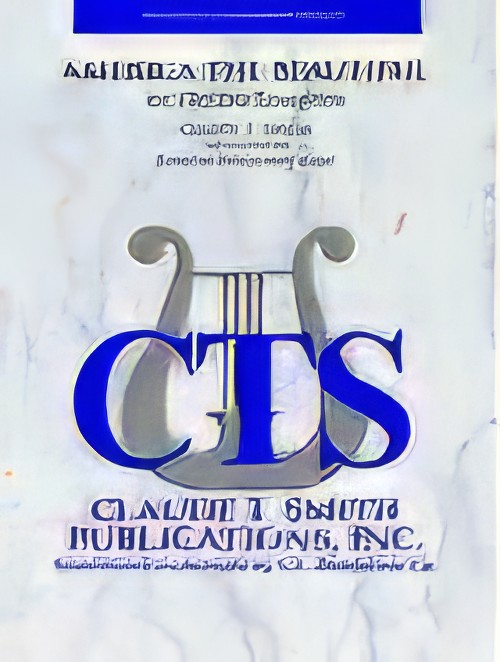 £85.00
£85.00Declaration Overture (Flexible Ensemble - Score and Parts) - Ward, Samuel Augustus - Earp, Joseph Benjamin
America The Beautiful continues to be an expression of patriotism at its finest. It conveys an attitude of appreciation and gratitude for the nation's extraordinary physical beauty and abundance, without triumphalism. Claude T. Smith's arrangement of this masterpiece generates a fresh take on this song reviving the hope we share for our dear America. This flexible arrangement allows ensembles to perform the work with as few as thirteen musicians providing accessibility and flexibility for numerous instrumentation needs, while still allowing a full ensemble sound.The posted recording is based on the full band scoring but aligns with the suggested preferences for either woodwinds/strings or brass suggested in the score.Duration: 4.15
Estimated dispatch 7-14 working days
-
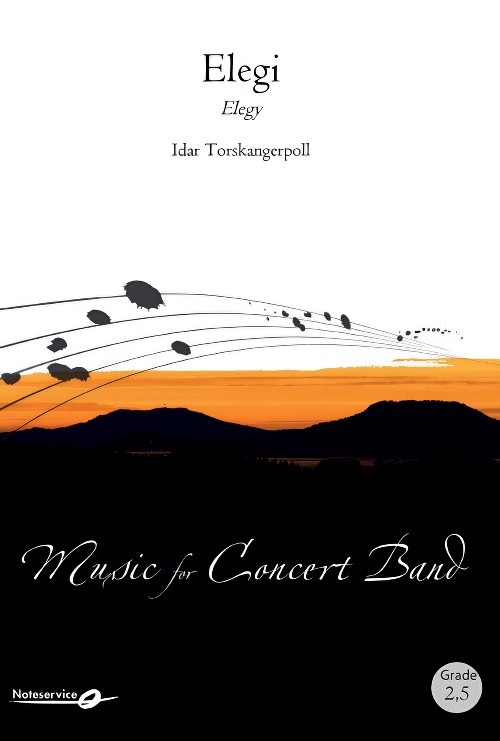 £122.20
£122.20Elegi (Elegy) (Concert Band - Score and Parts) - Torskangerpoll, Idar
This piece originates as a piano piece written by the composer as he was convalescing after an illness and operation. In the music there is an outlet for emotions of uncertainty and doubt, but also of hope for the future. The piece was later arranged for wind and brass band, and premiered at a music summer camp in 2021.This piece has a melancholy character and suits bands looking for a piece to work on sound, phrasing, dynamics and expression.Duration: 3.45
Estimated dispatch 7-14 working days
-
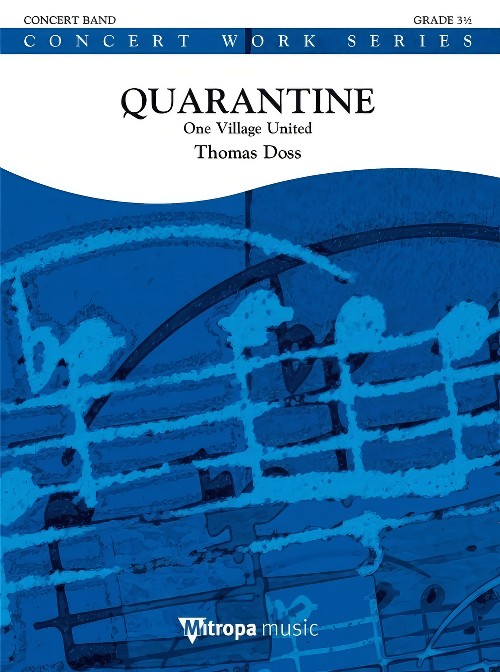 £119.99
£119.99Quarantine (One Village United) (Concert Band - Score and Parts) - Doss, Thomas
Like a dark veil, an ominous sense of foreboding takes hold across the world. A looming danger, one previously unknown to mankind, slowly approaches, bringing our daily lives to a grinding halt. A perilous virus gives us no choice other than to stay in our homes, leaving us unable to work in our offices or even visit family and friends. Something that has only been talked about in history books is coming to pass: a pandemic! The invisible danger expands more and more, and we feel paralysed by fear and fright. The distance between us and our fellow human beings increases. At the same time, we start to better understand something crucial: we have time again! People help each other out. Neighbourly assistance and support within one's own family becomes more apparent. We stand by each other. Suddenly we have the time for things that we did not have before. Time for reflection... A new era commences. Finally, hope reappears. We leave our houses, but nothing is quite the same anymore. With renewed strength, people begin to perceive the future in a positive and optimistic way once again. With greater attention and awareness of the here and now, we feel that, despite it all, we can be happy. Duration: 8.00
Estimated dispatch 7-14 working days
-
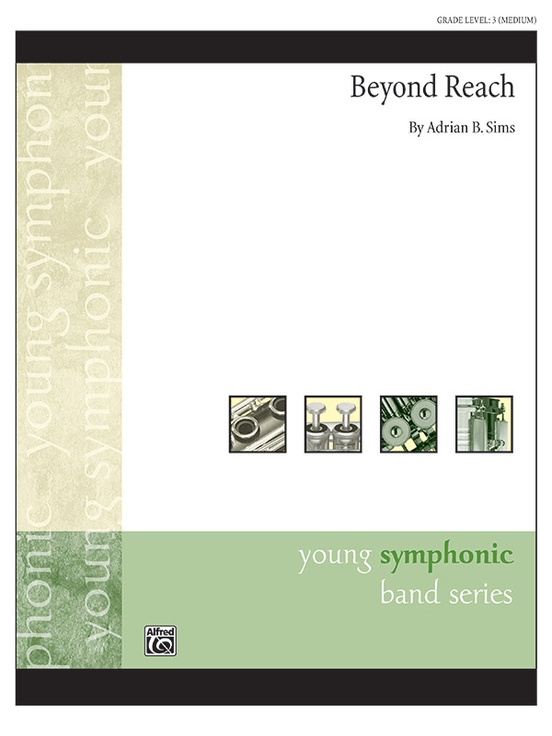 £66.95
£66.95Beyond Reach (Concert Band - Score and Parts) - Sims, Adrian B.
Reminiscent of a movie soundtrack, Beyond Reach, by Adrian B. Sims, characterizes an action-filled journey depicting the trek towards an unseen opposition. This work is full of unforgettable melodic lines and explores a unique variety of harmonic twists and turns. Filled with anticipation, hope, fear, and bravery, the adventurers unabashedly charge into combat, ultimately emerging victorious. Duration: 3.30
Estimated dispatch 7-14 working days
-
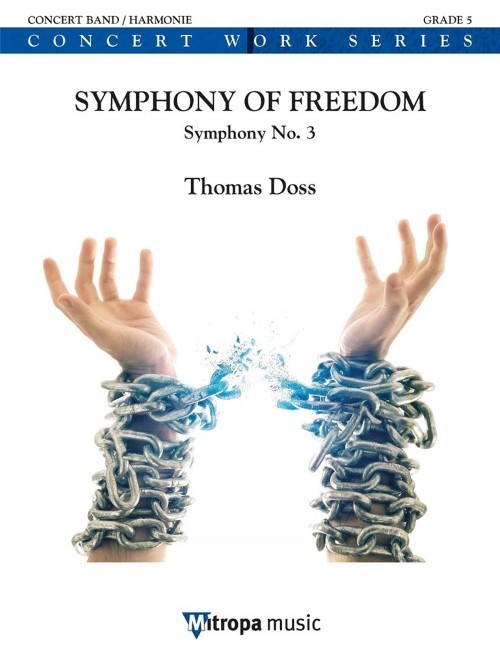 £420.99
£420.99Symphony of Freedom (Concert Band - Score and Parts) - Doss, Thomas
Symphony No.3. All men are born free and equal in dignity and rights. They are endowed with reason and conscience and are to meet one another in a spirit of brotherhood. This article 1 of the Universal Declaration of Human Rights forms the basic idea behind this majestic Symphony of Freedom. In each of the three movements, the composer picks another angle on this universal theme of freedom. In the first movement, Cry for Freedom, it's the Dalai Lama of which the composer is a great admirer. The second movement, Dream of Freedom, takes the photograph of the deceased three-year-old refugee boy Ailan Kurdi on the beach at Bodrum as a basis. The finale, Freedom Above All, refers, besides a Bruckner quote, to the music of Ludwig van Beethoven. This movement should be seen first and foremost as an affirmation of life, faith and hope for a better world.Duration: 25.00
Estimated dispatch 7-14 working days
